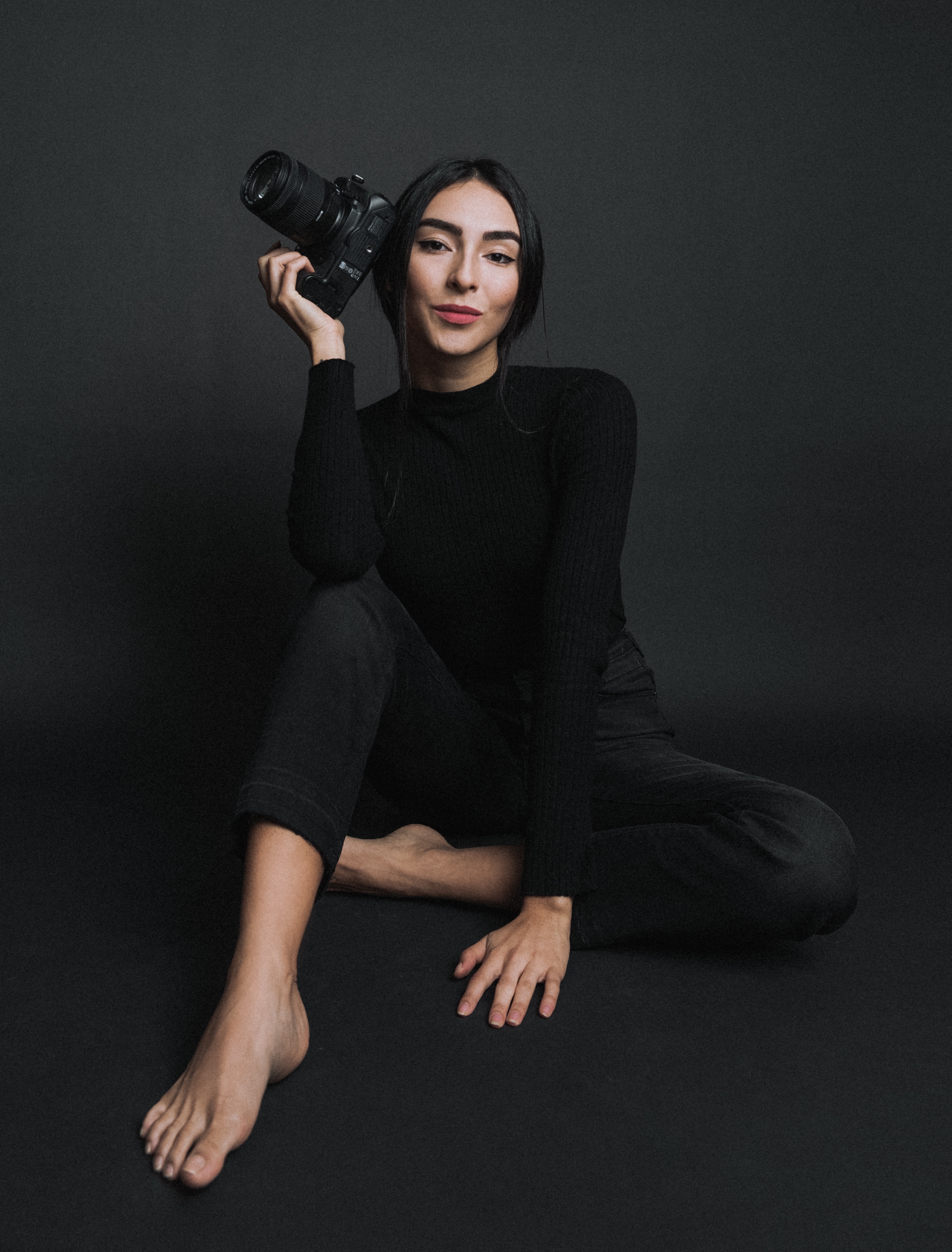The Power of Angles in Photography
- Angela Garcia

- Jun 2, 2024
- 3 min read
In photography, one of the most influential elements that can transform your images is the use of angles. By simply changing your perspective, you can add depth, highlight details, and tell a more compelling story with your photos. Let’s explore how different angles can impact your photography and why experimenting with them is crucial.

Low Angles: Empowering Your Subject
When you photograph a subject from a low angle, you create a sense of power and dominance. This perspective can make your subject appear larger than life, adding a dramatic and imposing effect to your image. Low angles are particularly effective in portrait photography, where they can convey confidence and strength. They can also be used in architecture photography to emphasize the grandeur and scale of buildings.


High Angles: Vulnerability and Context
On the other hand, shooting from a high angle can make your subject appear smaller and more vulnerable. This angle is useful for creating a sense of delicacy or insignificance, depending on the story you want to tell. High angles can also provide a broader context for your scene, showing more of the environment around your subject. This can be particularly effective in landscape or street photography, where you want to capture the interaction between the subject and its surroundings.


The Creative Power of Experimentation
One of the joys of photography is the ability to experiment and discover new perspectives. By changing your angle, you can uncover unique compositions and bring out aspects of your subject that you might not have noticed before. Here are a few tips for experimenting with angles:
Get Low: Lie on the ground or crouch to capture your subject from below. This can be particularly effective for photographing children or animals, giving a sense of their world.
Climb Up: Find a higher vantage point, such as a staircase, balcony, or hill, to shoot from above. This can add a unique dimension to your photos and provide an overview of your scene.
Tilt and Rotate: Don’t be afraid to tilt your camera or shoot at unconventional angles. This can add a dynamic and artistic feel to your images.
Move Around: Walk around your subject and explore different angles. Sometimes, the best perspective is not the most obvious one.


Practical Applications
Understanding how angles affect your photos can be particularly useful in various types of photography:
Portrait Photography: Use low angles to empower your subject or high angles to add vulnerability or context.
Landscape Photography: High angles can help capture the vastness of a landscape, while low angles can focus on specific details or create a more immersive experience.
Street Photography: Changing angles can help you tell more compelling stories about everyday life, capturing unique moments from fresh perspectives.
Architectural Photography: Low angles can emphasize the grandeur of buildings, while high angles can provide a comprehensive view of architectural details.
Conclusion
As a photographer, I have found that angles are a powerful tool that can significantly influence the mood, impact, and storytelling of your images. By experimenting with low and high angles, you can create more dynamic and engaging photographs. So, next time you’re out with your camera, remember to play around with different angles. You might be surprised at how a simple change in perspective can transform your photography.
Happy shooting!
Credits for this amazing shooting day
Model @maya.bar1❤️
Styling by @hodayaedelstein
Makeup&hair by @makeup.bymaayan
Photography assistant @eyalsberro
Wearing @hodaya_luvich




Espectacular!😃